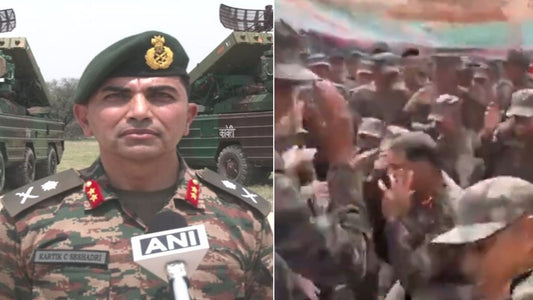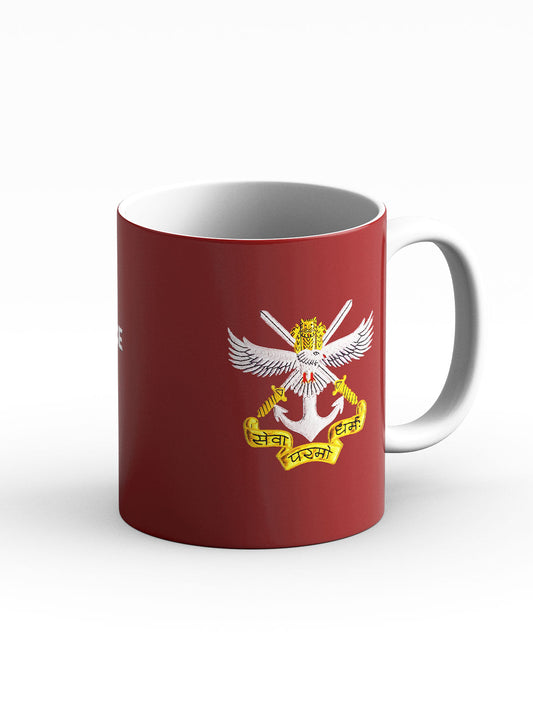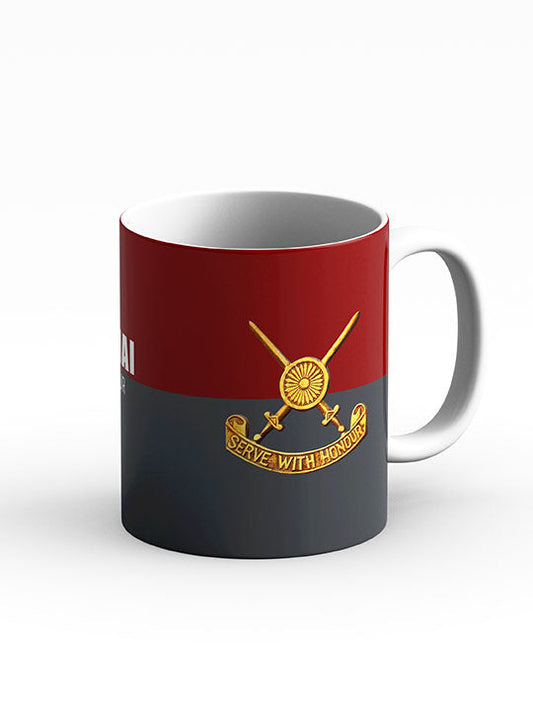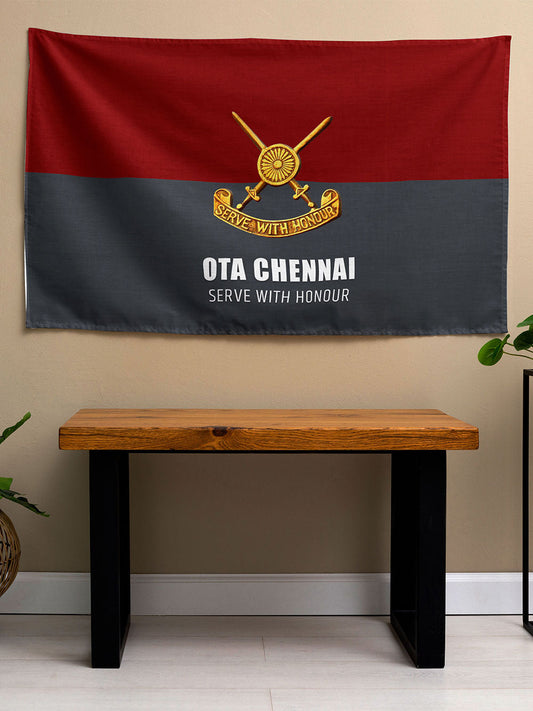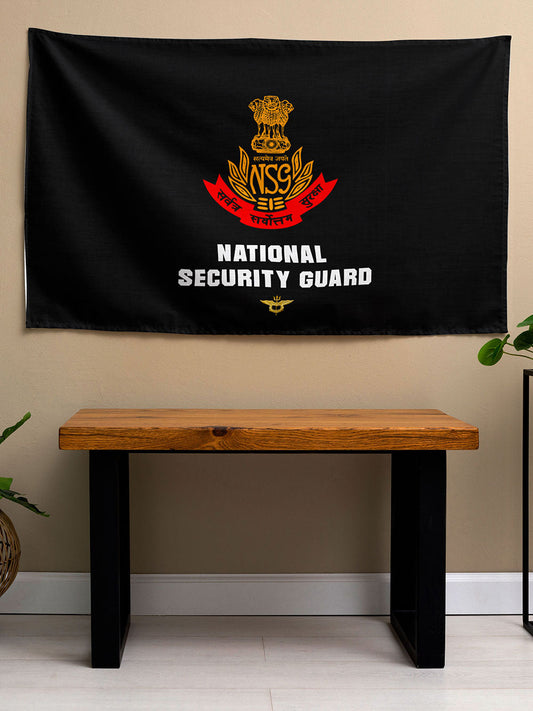5 Facts About the B-2 Bomber Used in U.S. Strikes on Iran
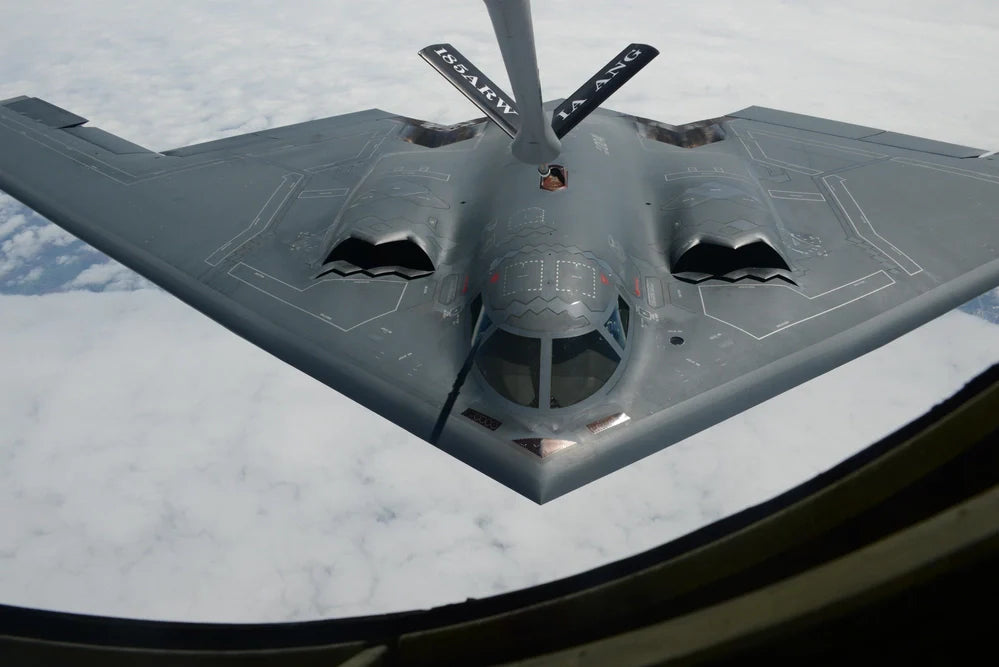
On June 21, 2025, the United States deployed its B-2 Spirit stealth bombers to strike three Iranian nuclear facilities—Fordow, Natanz, and Isfahan—in a significant escalation of tensions in the Middle East. The B-2, a cornerstone of U.S. strategic airpower, played a pivotal role in this operation due to its unique capabilities. Below are five key facts about the B-2 Spirit bomber, highlighting its design, capabilities, and significance in the context of the U.S. military action against Iran.
1. Stealth Technology Enables Undetected Penetration
The B-2 Spirit, developed by Northrop Grumman, is renowned for its advanced stealth technology, which allows it to evade radar detection and penetrate sophisticated air defense systems. Its distinctive flying-wing design, combined with radar-absorbent materials and a low-observable airframe, minimizes its radar cross-section, making it nearly invisible to enemy defenses.
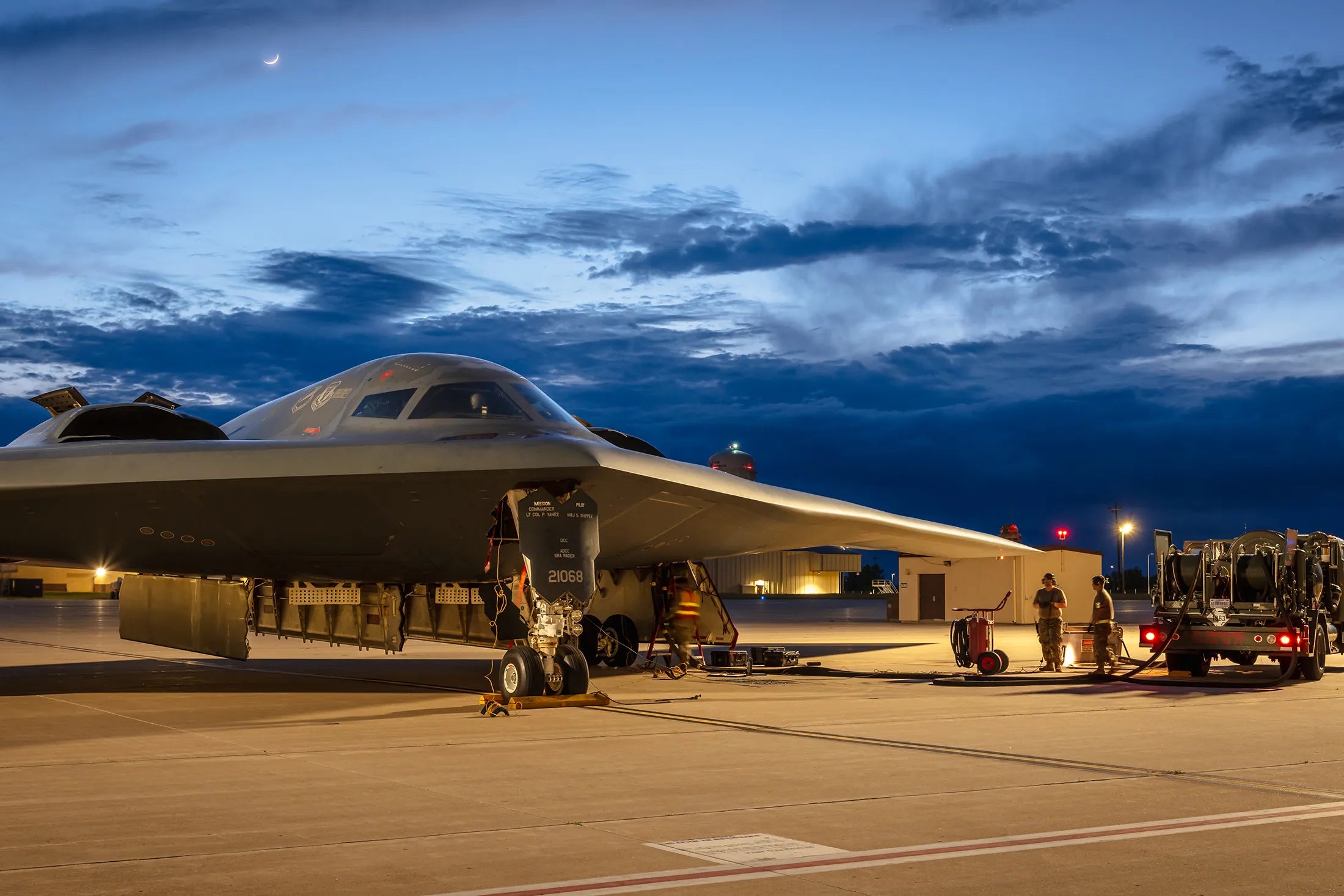
This capability was critical in the strikes on Iran, particularly against the heavily fortified Fordow nuclear facility, buried deep underground near Qom. The B-2’s ability to operate undetected in Iranian airspace, despite the presence of remaining air defenses, ensured the success of the precision strikes. The stealth features, first incorporated in the 1990s, stem from earlier programs like the Lockheed F-117 Nighthawk and Northrop’s Tacit Blue, marking the B-2 as a second-generation stealth platform.
2. Exclusive Carrier of the GBU-57 Massive Ordnance Penetrator
The B-2 is the only aircraft in the U.S. arsenal certified to carry the GBU-57 Massive Ordnance Penetrator (MOP), a 30,000-pound bunker-buster bomb designed to destroy deeply buried and hardened targets. Each B-2 can carry two of these GPS-guided bombs, which are capable of penetrating up to 200 feet of reinforced concrete or rock before detonating with over 5,300 pounds of explosive material. In the Iran strikes, reports indicate that six MOPs were used to target the Fordow facility, which is buried approximately 250–300 feet underground.
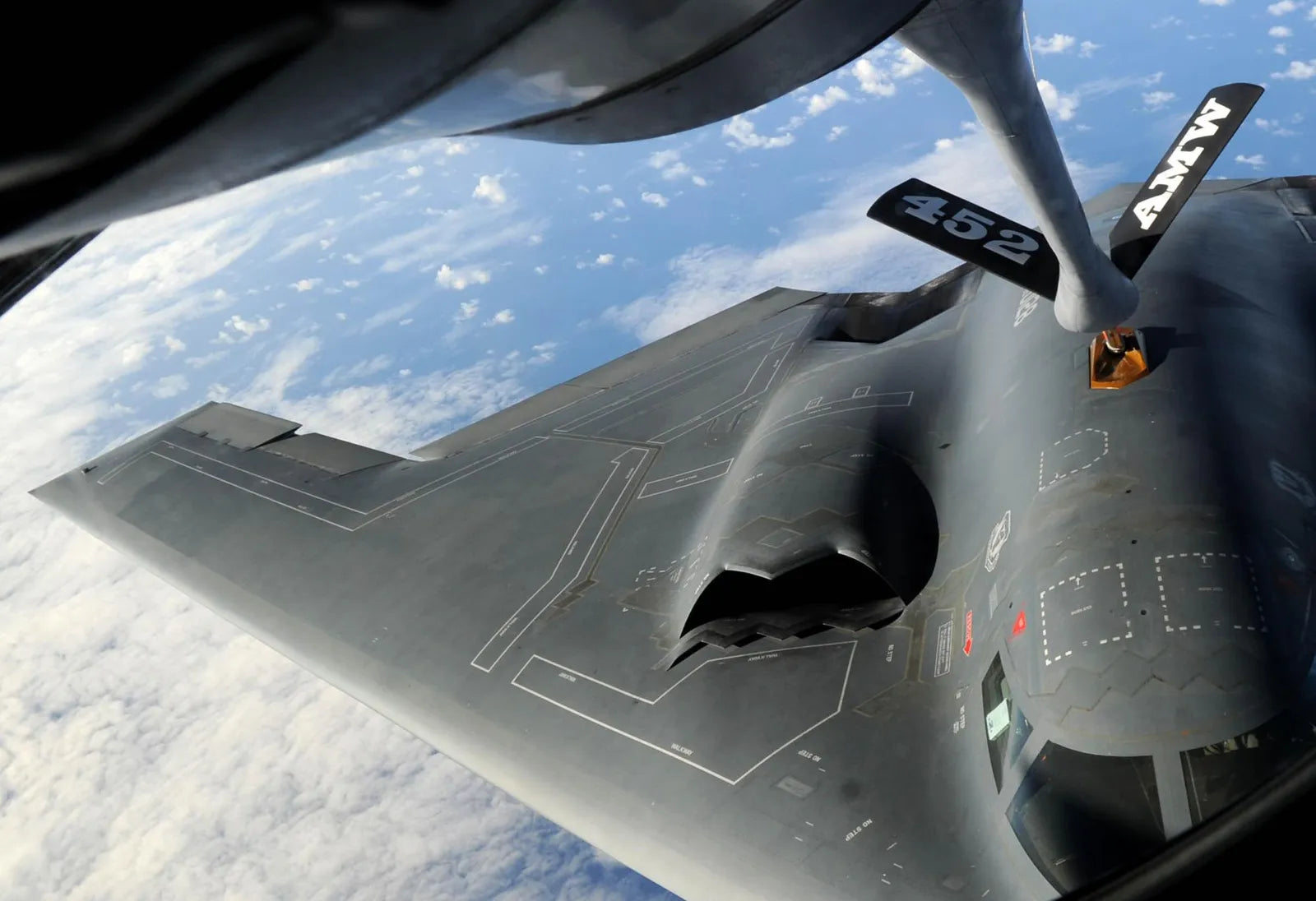
The MOP’s unmatched destructive power was essential for disabling Fordow, a key site in Iran’s nuclear program, which had been enriching uranium to near-weapons-grade levels. No other aircraft, including those in Israel’s advanced air force, can deploy this weapon, underscoring the B-2’s unique role in the operation.
3. Long-Range Global Strike Capability
The B-2 Spirit boasts an unrefueled range of over 6,000 nautical miles (11,000 kilometers) and can reach any target worldwide with a single midair refueling, extending its range to over 10,000 nautical miles. For the Iran mission, B-2s flew a 37-hour nonstop round-trip from Whiteman Air Force Base in Missouri, refueling multiple times midair to reach their targets. This long-range capability allows the U.S. to project power globally without relying on forward bases that might be vulnerable to retaliatory strikes, a critical consideration given Iran’s threats to target U.S. assets in the Middle East.
The bombers’ deployment from Missouri, rather than closer bases like Diego Garcia or Guam, also provided operational secrecy and flexibility. The B-2’s global reach was previously demonstrated in missions against targets in Afghanistan, Iraq, Libya, and Yemen, including a 2024 strike on Houthi facilities that served as a warning to Iran.

4. Limited Fleet Size and High Cost
The U.S. Air Force operates only 19 B-2 bombers, making them one of the rarest and most valuable assets in its inventory. One B-2 was destroyed in a 2008 crash in Guam, and another was retired after a 2022 accident, reducing the fleet from its original 21 aircraft. Each B-2 costs approximately $2.13 billion (in 2024 dollars), including development and production, with operating costs adding to their expense.
The high cost and limited numbers mean the B-2 is used sparingly, reserved for high-priority missions like the Iran strikes, where their unique capabilities are indispensable. The deployment of multiple B-2s, potentially representing a significant portion of the fleet, underscores the strategic importance of the operation. The Air Force plans to phase out the B-2 by 2032, replacing it with the B-21 Raider, which is currently in testing.
5. Versatile Payload for Precision Strikes
Beyond the GBU-57 MOP, the B-2 can carry a diverse payload of up to 40,000 pounds, including conventional and nuclear weapons, housed in its internal weapons bays to maintain stealth. In the Iran strikes, alongside the MOPs used on Fordow, the B-2s reportedly delivered 30 Tomahawk missiles against the Natanz and Isfahan sites, showcasing their ability to engage multiple targets with precision.
Other munitions in the B-2’s arsenal include Joint Direct Attack Munitions (JDAM), Joint Standoff Weapons (JSOW), and Joint Air-to-Surface Standoff Missiles (JASSM), which allow it to strike from long distances while avoiding heavily defended areas. This versatility enabled the B-2 to target a range of Iranian nuclear infrastructure, from deeply buried facilities to surface-level sites, in a single mission. The B-2’s nuclear-capable design also serves as a strategic deterrent, though only conventional weapons were used in the Iran operation.
Conclusion
The B-2 Spirit stealth bomber’s deployment in the U.S. strikes on Iran’s nuclear facilities on June 21, 2025, highlighted its unparalleled capabilities in stealth, long-range operations, and precision strikes against hardened targets. Its exclusive ability to carry the GBU-57 MOP, combined with its global reach and versatile payload, made it the ideal platform for targeting Iran’s deeply buried Fordow facility and other nuclear sites. With only 19 aircraft in service, the B-2 remains a rare and potent symbol of U.S. military power, reserved for missions of utmost strategic importance. As tensions in the Middle East persist, the B-2’s role in this operation underscores its critical place in modern warfare and its ability to shape geopolitical outcomes.

